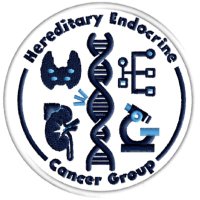
Blas Chaves-Urbano
@blaschaves_
PhD Student at @gjmacintyre Lab - @CNIOStopCancer | La Caixa INPhINIT Retaining Fellow @BecariosFLC
ID: 1168943123235577856
https://www.linkedin.com/in/blas-chaves-urbano-a397131b1 03-09-2019 17:45:42
140 Tweet
241 Followers
634 Following













💥New preprint from the Geoff Macintyre lab! Thrilled to share this major team effort, with Ángel Fernández Sanromán as co-first author, now live on bioRxiv! Check out our threat to learn more about our work👇

A pleasure to be at the fantastic #EACR2025 and present my research project! Looking forward for cool scientific discussions with amazing cancer researchers and friends EACR CNIO Stop Cancer Becas Fundación "la Caixa" Geoff Macintyre


🚨Chemo treatment upgrade!🚨 Check out our approach to modernise chemotherapy treatment published today in Nature Genetics. From CNIO Stop Cancer Tailor Bio Cancer Research UK nature.com/articles/s4158… More details 👇



Another year, another European Researchers Night #NIGHTMADRID at CNIO Stop Cancer. Hereditary Endocrine Cancer Group @CNIOStopCancer and friends ready to rock this exciting event!!









